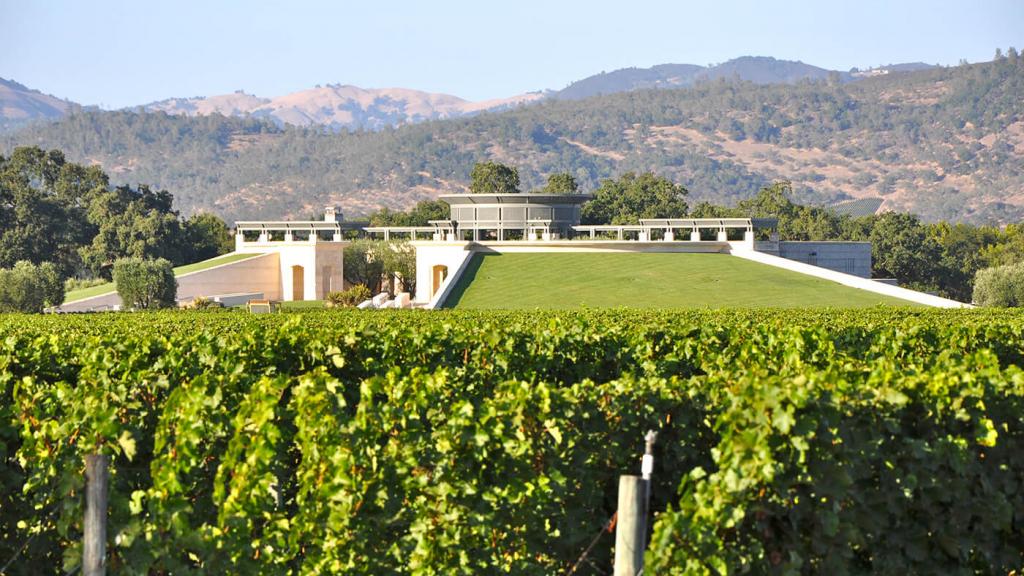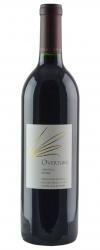Opus One Winery is a winery in Oakville, California, United States. The wine was called napamedoc until 1982 when it was named Opus One. The winery was founded as a joint venture between Baron Philippe de Rothschild of Château Mouton Rothschild and Robert Mondavi to create a single Bordeaux style blend based upon Napa Valley Cabernet Sauvignon. It is located across State Route 29 from the Robert Mondavi Winery. The creation of this winery venture in 1980 was big news in the wine industry; de Rothschild's involvement added an air of respectability to the burgeoning Napa wine region. The first vintage, 1979 was released in 1984 at the same time as the 1980 vintage. For a while it was the most expensive Californian wine costing $50 and to date still ranks among the most expensive red wines produced in the Napa Valley, commanding prices of $305 per bottle on average. In 1989 a new winery was built just down the road, the first vintage from the new winery was from 1991 and was released in 1994.
Winemaking at Opus One resolves to a single goal: to produce an extraordinary wine. No compromises are made. Guided by the vision of our founders, our winemaker Michael Silacci combines intuition and technical acumen with the dual perspective of viticulturist and winemaker
Every cluster of Opus One grapes is hand-harvested, and just as much care is taken when transporting them from the vineyard to the winery. The integrity of the grapes is assured by placing the clusters in small picking boxes that hold no more than thirty-five pounds (sixteen kilograms).
The grapes are hand-sorted: any leaves or imperfect grapes are discarded. Only gravity is used to move the berries from the destemmer into the stainless steel fermenting tanks below. Stainless steel is the perfect material – it provides a cool and gentle beginning to the fermentation process.
Because Opus One makes only one wine, each tank can be dedicated to a single lot of grapes; each tank is used only once during harvest, so fermentation and maceration need never be rushed. The long, warm maceration in temperature-controlled tanks draws out myriad rich flavors and colors from the skins, seeds, and pulp. The tanks are raised so the free-run wine can flow into new French oak barrels; the remaining skins tumble easily into basket presses.
In another gentle, unhurried step, the skins, seeds, and pulp are pressed. Like the free-run wine, the pressed wine is put into barrels to be aged. To provide backbone to the wine, a portion of the press is often added to the final blend.
Once the wine is safely in barrel, the topping, racking, and fining processes begin. During the first year, Michael continually tastes from each French oak barrel, evaluating the effect of the wood on the wine.
Fining, which occurs after the final racking in tank, also illustrates the hand-crafted nature of Opus One. Carefully added in more turbid vintages, fresh egg whites attract the very small particles that would otherwise remain in suspension. Fining clarifies and polishes the wine.
After about a year and a half in barrel, the wine is bottled. Opus One receives an additional year and a half of bottle age before the wine is released— some three years after harvest.



